Top 10 G Spot Facts, Or, How to Find & Pleasure YOUR G Spot
The G spot has remained an elusive area of the female anatomy mainly because when it is not aroused, it is hard to find. Debates have raged and the media has cloaked the mystery of the G spot in myths. “Does the G spot exist?” “Does everyone woman have one?” “How do you find it?” and most importantly “How do you arouse it?” Today, I aim to set the record straight, and answer your questions about the G spot, so that you can find it and enjoy the pleasure that so many women are “gushing” about!
1. Does the G-spot DOES exist? Yes, indeed! First discovered by German gynecologist, Ernst Gräfenberg, he described it as “an erotic zone located on the anterior wall of the vagina along the course of the urethra that would swell during sexual stimulation.” The G spot is actually another name for the urethral sponge (also called the female prostate because of its association with the male prostate gland) which is a complex system of erectile tissue, nerve endings, secretion glands and muscles that swell during the sexual stimulation giving some women extreme pleasure and powerful orgasms. The G spot is actually connected to the clitoral structure than it buried beneath the vulva.
2. Do ALL women enjoy G spot pleasure? No. Not ALL women enjoy G spot stimulation. G spot stimulation feels much different than clitoral stimulation. Some women will feel little or nothing especially the first time. Others may feel uncomfortable like they have to pee, which is normal (as the G spot surrounds the urethra), and you have to push past this stage to fully enjoy the pleasure. Still, some women may not enjoy G spot stimulation at all, or may even experience discomfort from it. Everyone experiences pleasure and arousal differently, so if you don’t enjoy G spot stimulation, then it may not be right for you.
3. Where is the G spot? The G spot resides 1”-2” inside the vagina on the front wall just beneath the pelvic bone. The area surrounding the G spot will feel smooth, like the insides of your cheeks when you feel it with your tongue, while the G spot itself may feel wrinkled like a small prune, or how the roof of your mouth feels with your tongue. In its un-aroused state it may be hard to find, as the G spot only reveals itself once it becomes stimulated. So remember to use lots of foreplay and become aroused before you search for it. The size can be anywhere between ½” to 2” in diameter, especially depending on whether it is stimulated or not, because when stimulated it actually swells in size.
4. How do you find the G spot? The best way to find the G spot is alone via masturbation. Finding your G Spot yourself, knowing how to pleasure it and what makes it feel good, will help you instruct your partner how to find it and pleasure yourself best. Deborah Sundahl recommends sitting in front of a mirror and inserting 1 to 2 fingers inside the vagina (palm up) and feeling around for a ridged, spongy surface. If you are already sexually stimulated (highly recommended) from clitoral or other stimulation, the G spot may even be swollen and easier to find. Voila! You’ve found it. Now what?
5. How do you stimulate the G spot? Stimulating the G spot can be done with fingers or a firm curved G spot dildo. If you have trouble reaching inside your vagina yourself, then a dildo like the Curve by Fun Factory is recommended. With fingers you insert them into the vagina palm up and curl them in a “come hither” fashion, rubbing the G spot. With a dildo, gently massage around the area once you have found it, slowly rocking the dildo back and forth and slightly in and out, so it rubs against the G spot. As you become more aroused, you may feel you want more and more pressure, which is why having a firm dildo is important. You may even enjoy tapping it, or pushing into it as you rub back and forth for a deeper sensation.
6. What does G spot stimulation feel like? Once stimulated, you may also feel the urge to urinate, which is normal, as the urethral sponge is connected to the urinary tract. If you continue to push past this point and you should begin to experience pleasure. As the G spot continues to become more aroused and sensitive, you may feel a building euphoria and a deep body pleasure. At this point, some women will enjoy deep, firm thrusting, while others may want to use clitoral stimulation with a clitoral vibrator to enhance the G-spot experience. As the building sensation of impending climax mounts, you may feel like you are a water balloon about to burst. Now is the time to “let yourself go” and plunge over the edge into orgasm. Just let it happen and don’t try to stop it or think too much about it.
7. What does a G spot orgasm feel like? Every woman is different and will experience the pleasure of G spot orgasm in a different way. Some women say a G spot orgasm feels like a roar of sexual energy. Others experience it as a deep, full-body rumbling and total sexual release. Still others feel a rippling sensation that sends waves of pleasure tingling through you. G spot orgasms are usually more powerful, more deep and last longer than clitoral orgasms. They may be experienced after a series of smaller orgasms, building to a powerful climax that leaves you shaking and weak. Some women even release emotional tension and cry or laugh during an orgasm, it can be that powerful.
8. Will I ejaculate or squirt? Women have a Skene’s gland, which is like the male prostate and is responsible for female ejaculation. Female ejaculate comes from these glands and is expelled from two paraurethral ducts on either side of the urethra, or directly through the urethra. Anatomically speaking, not all women can ejaculate, because some women’s urethra opening may be deeper inside the vagina and can get blocked via G spot stimulation. However, for most women it is possible to ejaculate, although some women may not enjoy it, or find it kind of gross. For those that do want to explore ejaculation, squirting can happen spontaneously without you even being aware of it. For some women it can be only a teaspoon of wetness, for others a geyser or a few cups. Some women’s ejaculate can even be retrograde, where it is forced back into the bladder. While this won’t hurt you, you may not experience ejaculation for that reason.
9. What is female ejaculate? Pee? No, female ejaculation is not pee. Analysis of female ejaculate has shown that it is distinct from urine and contains high levels of the enzyme prostatic acid phosphatase (PSA), glucose and fructose (all found in the prostate fluid of semen). Female ejaculate does not look, smell or taste like urine. It has the same consistency as water and is a clear or milky, usually odorless (although sometimes musky) smelling fluid that can be slightly sweet due to the sugar (glucose/fructose) content and alkaline. As with semen, female ejaculate will smell and taste different depending on the person and what you eat.
10. How can I experience better G spot orgasms? Just like other muscles in the body, the vagina can benefit from exercising it. The pubococcygeus muscle or PC muscle is a hammock-like muscle, found in both sexes, that stretches from the pubic bone to the tail bone. It forms the pelvic floor and supports the pelvic organs including the bladder, urethra and vagina. The PC muscle controls urine flow and contracts during orgasm and since it encircles the outside of the vagina, healthy PC muscles will improve sexual arousal, including G spot orgasms. A strong PC will allow you to reach orgasm more easily, experience more powerful and pleasurable orgasms, and may even help you achieve multiple orgasms as you learn to better control and respond to your sexual arousal. A fit PC muscle also improves G-spot stimulation and can help you learn to experience G-spot orgasms and female ejaculation. Rhythmic squeezing of your PC muscle during intercourse or masturbation will help increase lubrication, stimulate the clitoris, and heighten the G-spot’s sexual arousal. So get a Kegel Exerciser and work that muscle out Girlfriend!
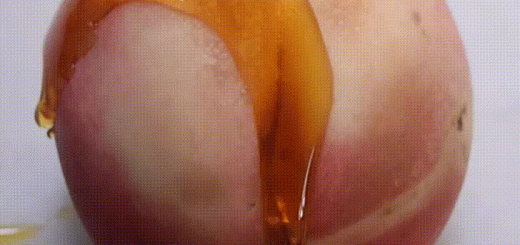
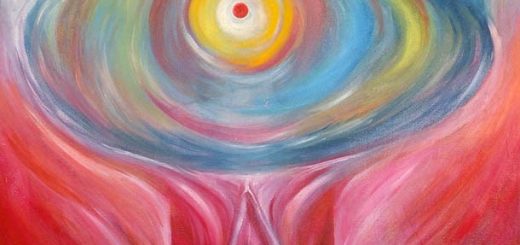
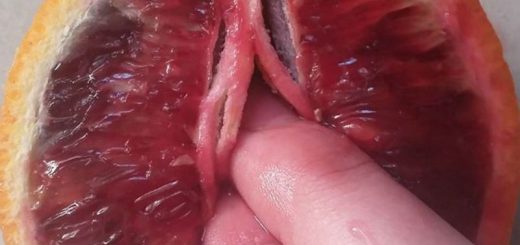

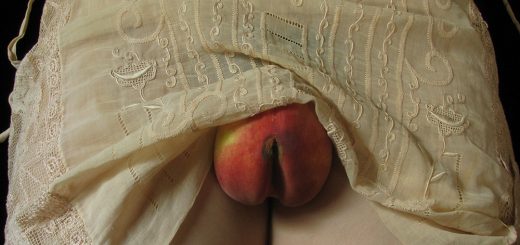

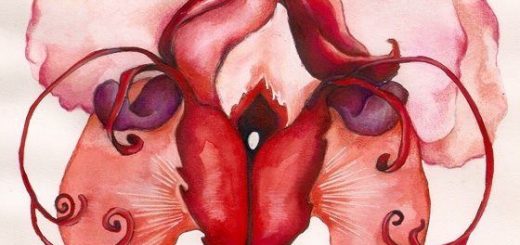

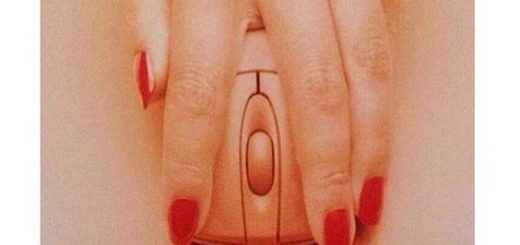
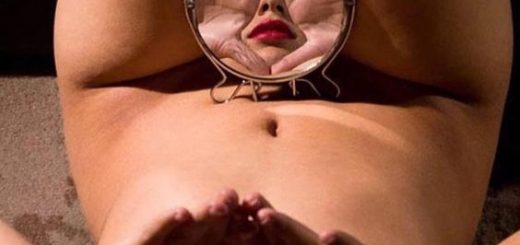

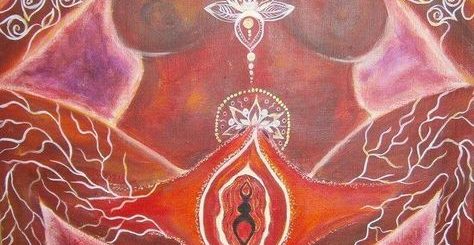
Awesome site! Great info! Thank you!
Wonderfully informative. Thank you XX